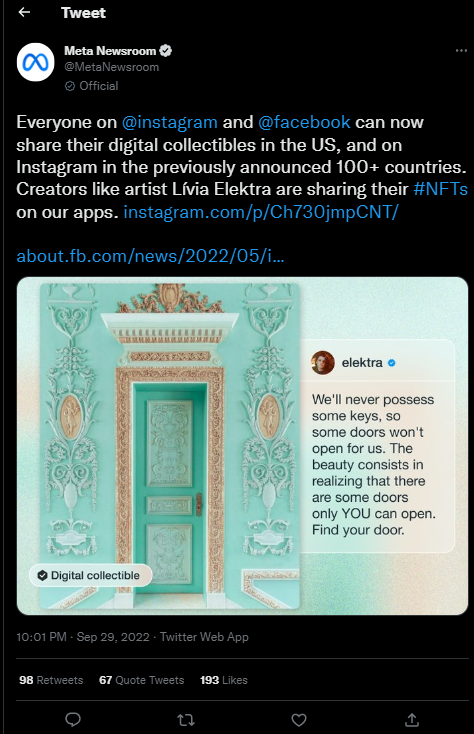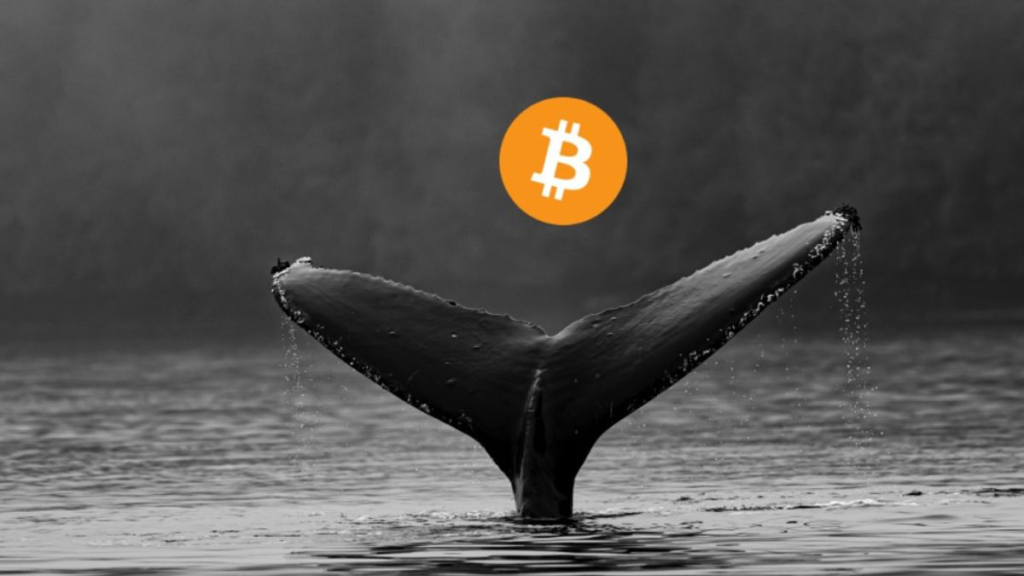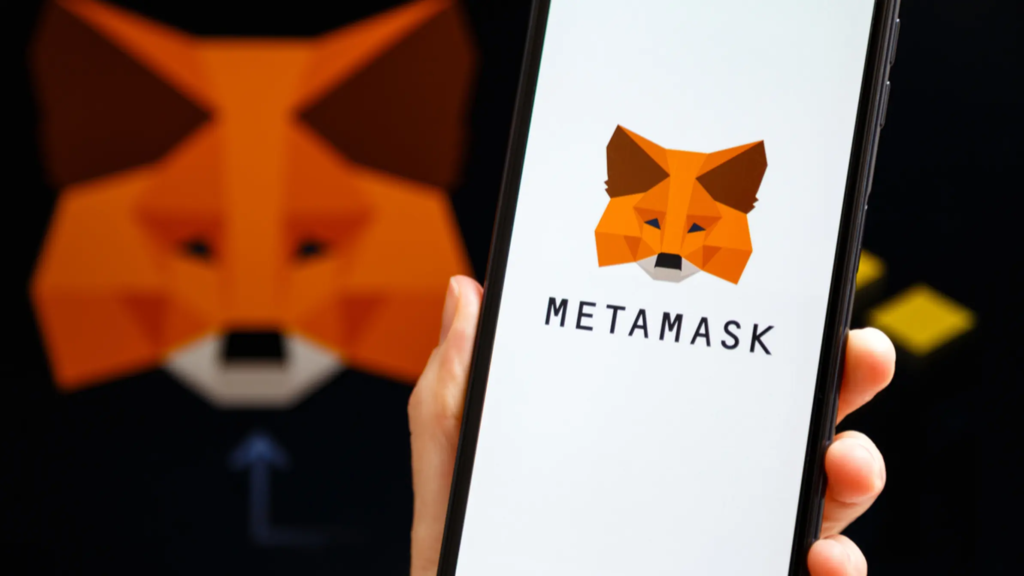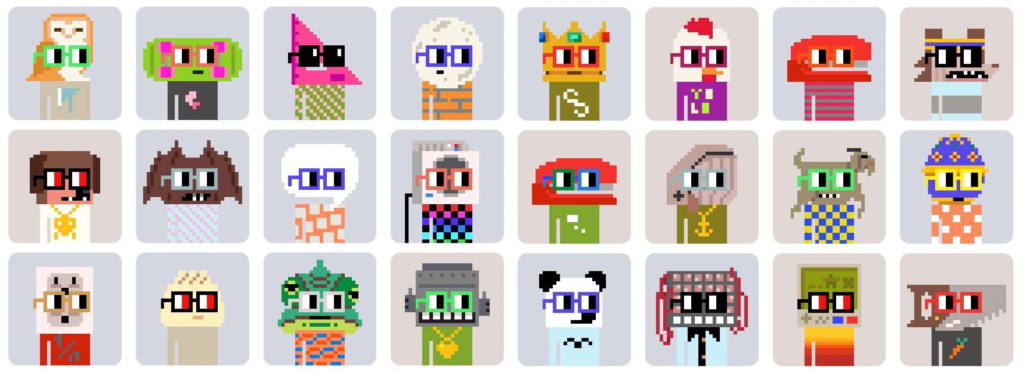
Questions about the advantages and disadvantages of keeping your coins on centralized versus decentralized exchanges have been raised in light of the recent chaos surrounding the centralized exchange FTX.
Over the past five years, decentralized exchanges (DEXs) have emerged to compete with established CEXs. Briefly stated, DEXs seek to reduce transaction costs, let users to directly control their own assets, and reduce or eliminate some regulatory requirements. On the other hand, they must pay a fee to their liquidity providers to cover a certain type of risk known as “impermanent loss.”
CEXs also provide benefits. Conventional investors are familiar with and may feel more at ease with the framework of traditional institutions like the New York Stock Exchange, which is the business model used by the majority of centralized exchanges. They often provide higher liquidity and stronger regulatory certainties, which can be particularly significant for institutional clients. Their interfaces and applications also tend to be more beginner- and user-friendly. But it also implies that the central organization in charge of the exchange has considerable control over and accountability for the stability and well-being of its finances.
What you need to know if you’re thinking about switching to a DEX because of the recent FTX drama.
How do DEXs work?
Compared to their centralized competitors, DEXs seek to conduct transactions more swiftly and inexpensively. By eliminating the middleman organizations that take a share of transaction costs on CEXs, they achieve this. The largest DEX in the world, Uniswap, declares in its 2018 whitepaper that it would “extract zero rent,” protecting its customers from the extra expenses associated with making money for the intermediaries that manage CEXs. Bancor, a 2017 startup that calls itself the first DEX, promotes the decentralized strategy as follows:
“Historically, a limited number of specialist trading businesses with permissioned access to established asset exchanges have supplied liquidity. This concentrates liquidity in the hands of a small number of players, allowing them to withdraw funds during times of market turbulence and limiting trading of an asset when customers need it most.
The top DEX Uniswap was charging a 0.05% transaction fee on the $100,000 trade sampled by the world’s largest accounting firm KPMG as of late 2021. Binance, Coinbase, and Kraken, three CEXs, assessed fees of 0.1%, 0.2%, and 0.2%, respectively.
The pricing of assets are decided by DEXs using “automated market maker” procedures rather than by a central organization managing trades. The “constant product” method, which bases pricing on the ratio of the total reserves of each of the relevant assets on the DEX, is a popular strategy. This has the benefit of tending to keep reserves in relative balance because any asset would become very costly if it were scarce.
Even yet, DEXs frequently provide values for assets that are similar to those of CEXs. This is due to the speedy arbitrage profits that may be made from any price disparity by watchful traders or bots. A pool would have to allow traders to sell ETH into the pool at a greater price than what the general market suggested if it had a very low amount of ETH in it. By purchasing it on the open market and selling it into the pool, traders might easily make money. The pool’s volume would increase as they did this, driving down the price until it was in line with the general market.
Temporary loss is a major issue for DEXs
Even while this technique is clever, it does pose a danger to the liquidity providers who support the pool. It is known as an impermanent loss risk. Providers of liquidity may withdraw the amount of the pool’s value to which they have contributed, not the precise number of tokens they have invested. Because the proportion of various tokens held in the pool varies as trades take place, it was unable to guarantee all suppliers their precise tokens. However, the pool will progressively contain more of whatever token is losing value as the ratio adjusts to reflect current wider market prices, and vice versa.
In comparison to their initial assets, a liquidity provider would often withdraw more of the token that lost value and less of the token that gained value. As a result, they will become poorer than if they had just kept their possessions to themselves. In reality, DEXs typically pay transaction fees to liquidity providers. However, doing so requires them to charge more money than they otherwise would.
Custodial vs. non-custodial
The decision of users as to whether they would prefer to hold their own cryptocurrency directly or entrust it to the exchange is another factor in the trade-off between DEXs and CEXs. Before trading, CEXs typically demand that users place assets in their custody.
Holding your own assets adheres to the crypto industry’s core value of independence. You have complete and sole authority over them. However, if not handled carefully, private keys can be lost or destroyed, making the associated assets unrecoverable. James Howells, a Welshman, accidentally threw away a hard drive in 2013 and lost access to 7,500 bitcoins, which by November 2022 would be worth well over $100 million. He has pleaded with the local council to permit him to excavate its landfill site numerous times in vain.
The rising popularity of DEXs may partially be attributed to their effectiveness in navigating certain regulatory obstacles. Due to its independence, the business that creates a DEX avoids acting as a counterparty or financial intermediary and is not subject to know-your-customer (KYC) or anti-money laundering (AML) regulations. ShapeShift was once a CEX, but its CEO claimed that as a result of the KYC regulations it was compelled to enact in 2018, the company lost 95% of its users. To get around this issue in 2021, Shapeshift consciously changed course and turned into a DEX.
Liquidity
When dealing with bigger investors, DEXs could find it more difficult than CEXs. They can’t currently compete in scale with the biggest CEXs, hence they can’t yet provide as much liquidity. Institutional investors face their own AML and other regulatory hurdles and may find it difficult to deal with exchanges that do not submit to similar requirements. Large orders may encounter unplanned additional costs known as “slippage” when they encounter insufficient liquidity.
Because of their own legal barriers, banks and hedge funds have been sluggish to adopt decentralized finance (DeFi), according to Sergej Kunz, co-founder of liquidity aggregation DEX 1inch Network. Despite the fact that it is a DEX, his business is now planning to develop a complying device called 1inch Pro, exclusively for these customers.
Larger investors may now use new aggregator protocols like 1inch to prevent liquidity issues while utilizing DEXs. In 2020, Pantera Capital led a $12 million fundraising round for 1inch.
Users may now simultaneously access liquidity from DEXs and CEXs thanks to the growth of aggregators. DiversiFi, a DEX itself, combines liquidity from both types of exchanges to assist its customers in completing bigger deals more quickly. Investors can avoid the costs associated with an exchange’s liquidity turning out to be insufficient for their order by doing this.
It comes down to two considerations when choosing the type of exchange to use: If ease of use is your primary concern and you don’t want to have complete control over your wallet, a CEX is probably the best choice for you. A DEX is the best option if fewer costs and greater control over your own money are your top priorities. Whichever route you choose, be sure you understand how to transfer your cryptocurrency from an exchange to cold storage in order to protect your wealth over the long term.






























































